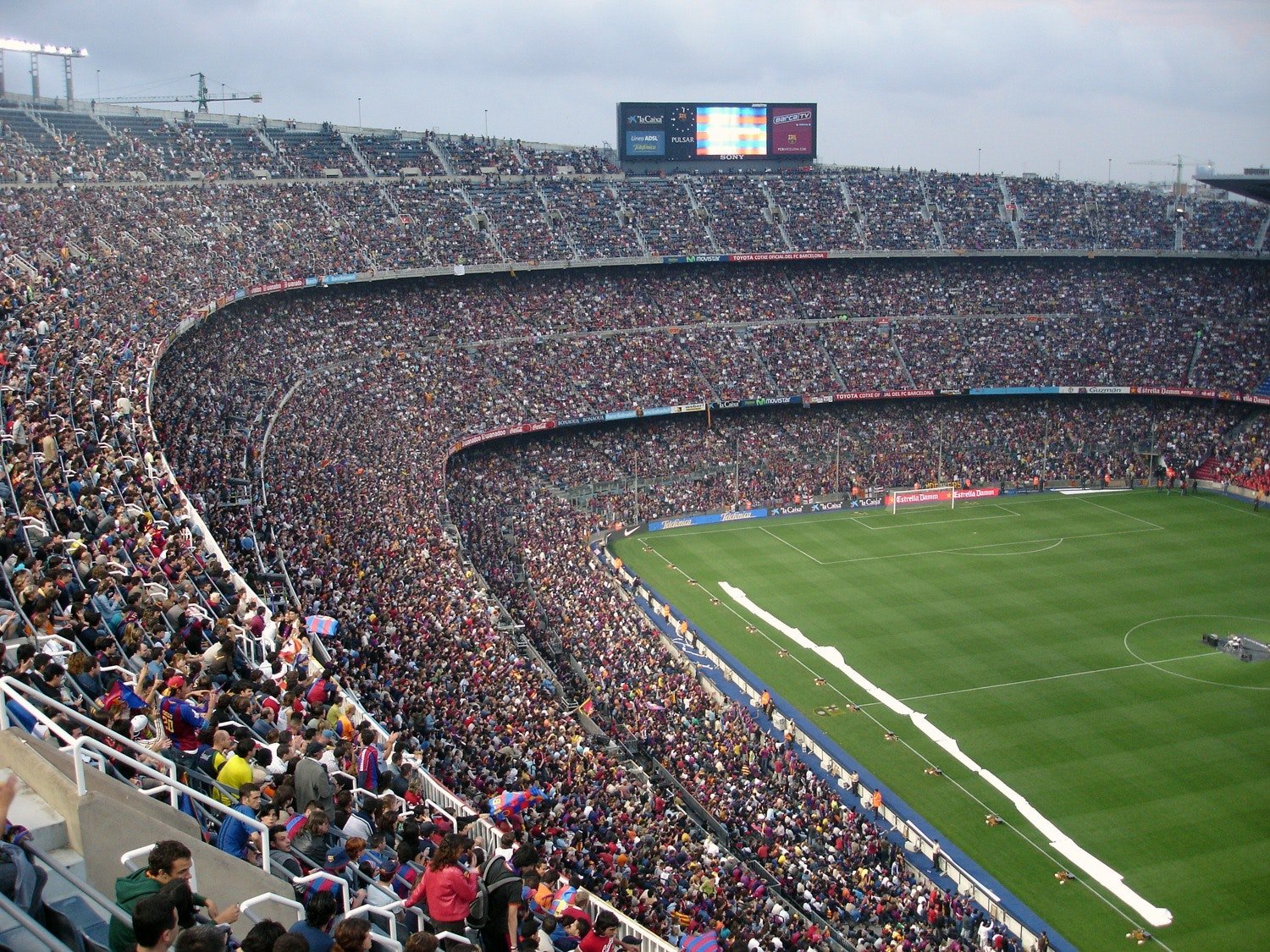In line with Martínez (2003, pp. 5), the conception of social planning is shared as a transformation of social reality, which refers fundamentally to qualitative and quantitative change in the choice and use of satisfactory elements to cover the needs. Fundamental
In a generic way, some programs are mentioned that may result
from the plans initially proposed by the Committees, and that are consistent with the provisions of national policies for the development of physical activity, sports and recreation for health promoted by ICODER. . However, they can be taken as a guide that can be adapted to the reality of each canton and community.
To respond to this concern, it is necessary to complement with clear objectives what will be the purpose to be achieved with the offer of these programs organized through a municipal sports and recreational service, which allows responding to these needs and also leads to the achievement of the themselves using each of the programs (activities) as a means and not as the ultimate goal. In other words, when it is proposed that the Committee plans, organizes and executes, that is to say, offers: for example, the program of maintenance physical activities for adults, it must be very clear what needs will be satisfied with these activities and which ones. are the expected results, but also that the wishes of the beneficiaries are represented in them,
In the same way, it would happen with a program oriented
under the merely sports line, such as: sports games – municipal recreational games (communal games). In this case, it is not just a question of the Committee complying with their execution and trying to develop the greatest number of activities and to the liking of the people in their community, mainly adults, but they must also meet efficiency criteria. In other words, it is not just about spending the entire budget assigned to it and thus demonstrating to the community that modern games were organized, at the level of the Nationals, and that the latest in 해외스포츠중계 technology was used if you will, but also, it will be necessary to answer if the community was able to integrate more, to participate in a more active way and not so much as a spectator,
As it is clear that each local sports administration must set its own objectives,
it is also clear enough that these cannot deviate from the philosophy and orientation dictated by national policies for its development, therefore, below is a general guide for the formulation of objectives which are absolutely in accordance with the national guidelines, and which can also serve as a basis for the Committees for their planning, organization, execution and control processes of all the action that they have to develop in their cantons.
To start, we will begin by defining what objectives are. According to Stoppani (2000, pp. 29), it can be understood as follows: “… purposes that are expected to be achieved within a period, through the execution of activities included in a program.” Based on this definition, it can be said that the Committees as public entities have the function of ordering, promoting, financing and supervising activities of a sports and recreational nature, but in addition to physical activity for health and the positive use of time free in all sectors of the population; They also have the moral and ethical obligation, if it were not a policy, to work based on objectives, strategies and activities that respond to this national reality, therefore, the objectives may be divided and set according to the time in which they can be met. As an indication, one way would be:
General objective: this is timeless, since it is almost impossible to achieve in a relatively short space of time, as is the case with the regular and systematic practice of physical activity for health, for example. Its reason is that the remaining objectives are derived from it, the fulfillment of which is feasible in a shorter period of time.

